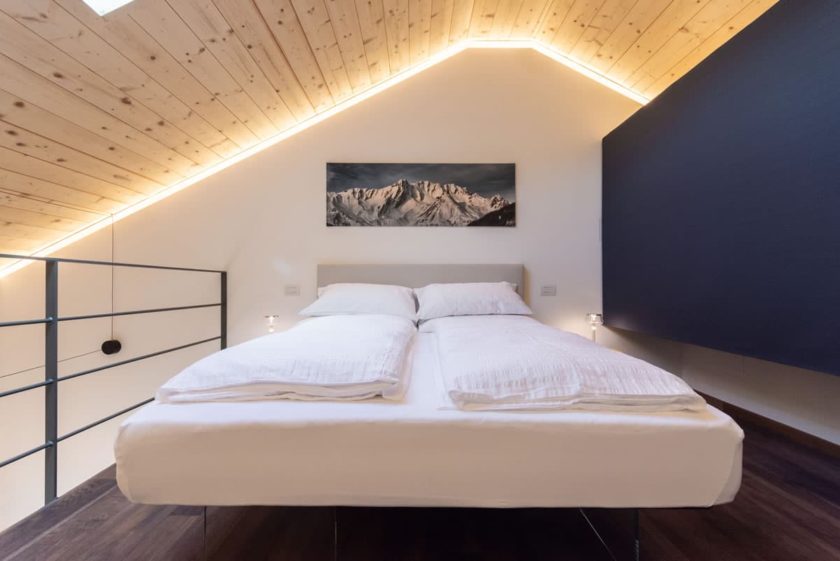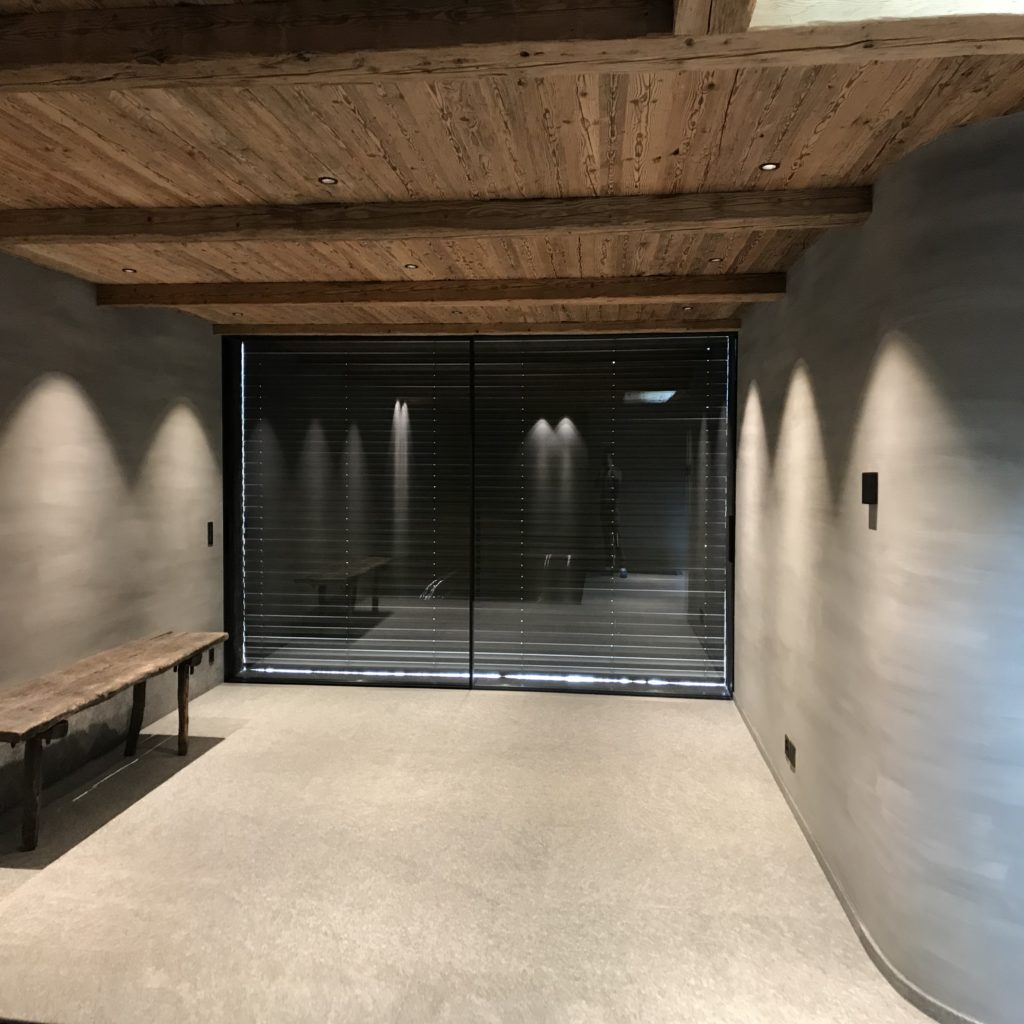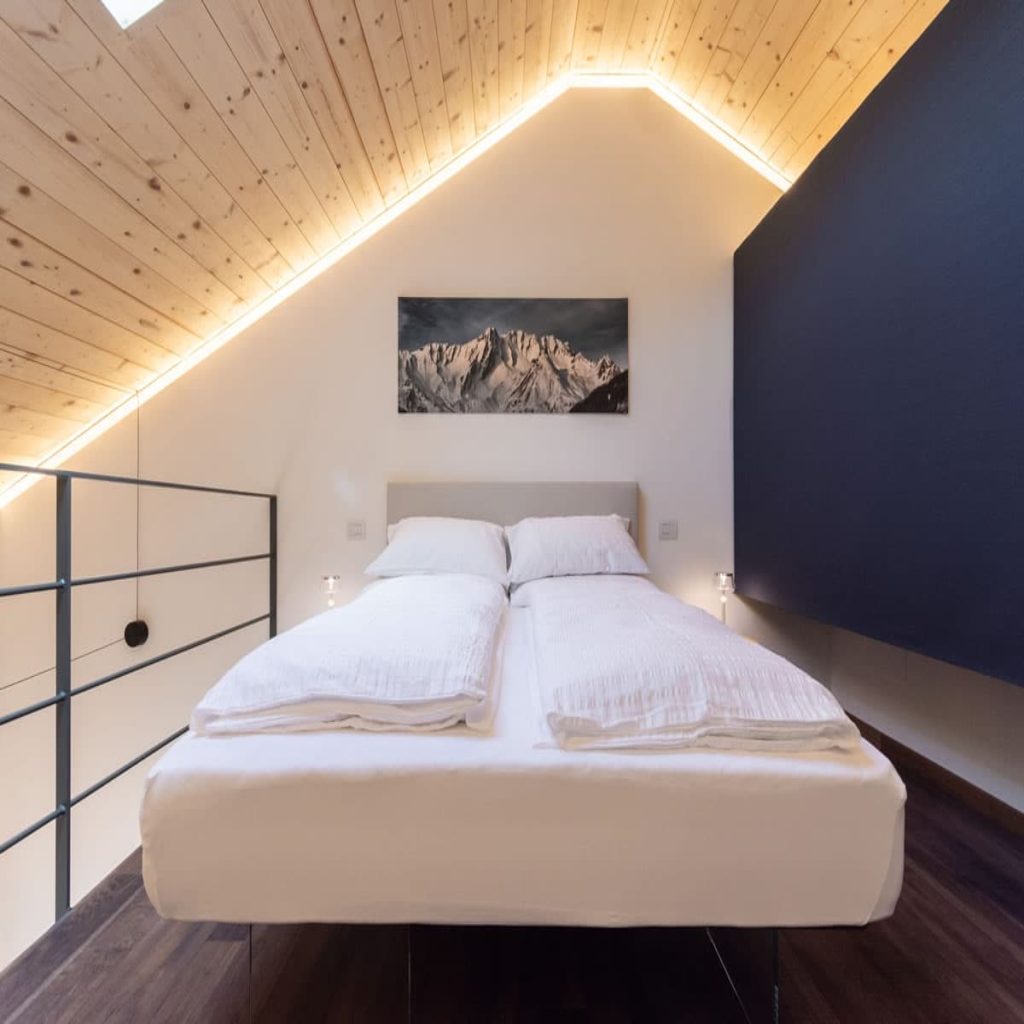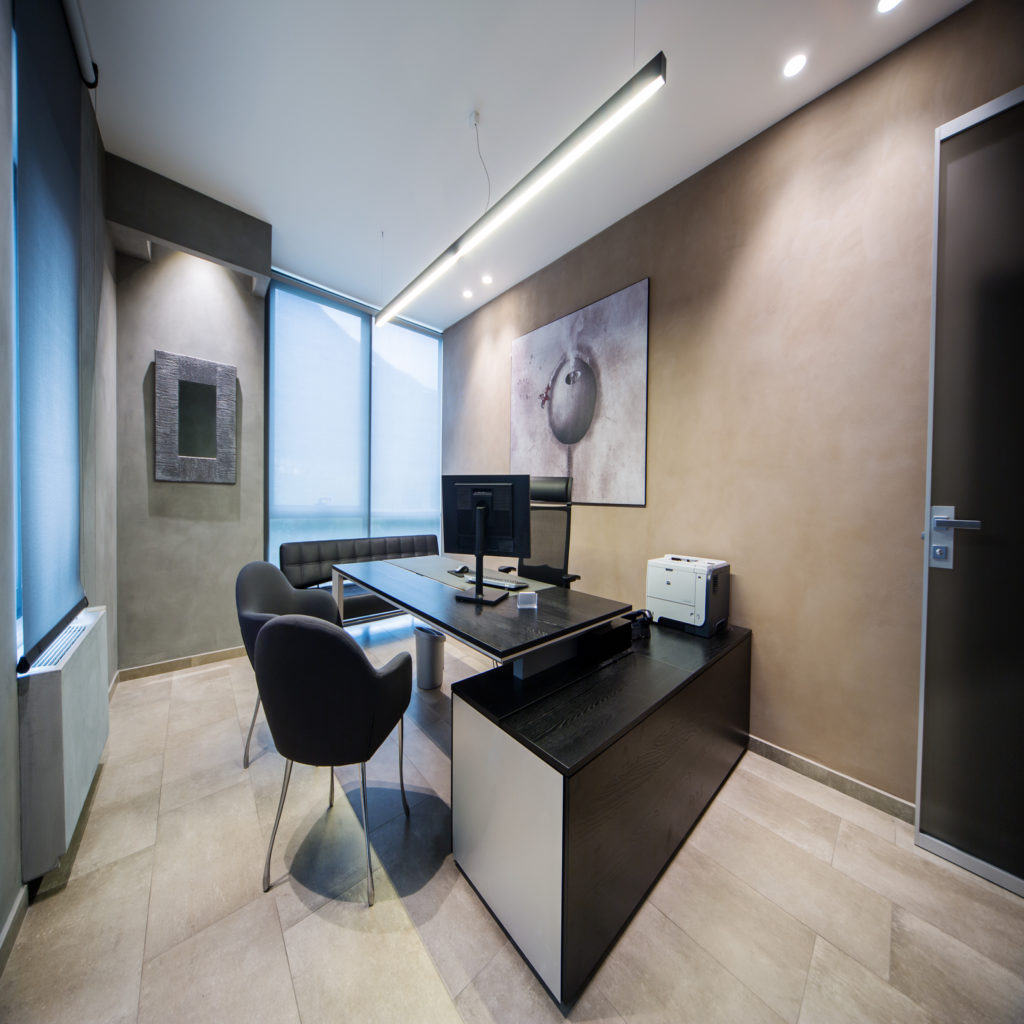
This article is aimed at anyone who wants to buy a lamp without being influenced only by the aesthetic aspect of the product, but who wants to rely on the advice of our experts and understand how LIGHT IS AN IMPORTANT TOOL OF OUR WELL-BEING!
Follow our social channels to be constantly updated through our "Pills of Light" column, we will report here our best tips!
https://www.instagram.com/lightcenter_ao/
The light it is that part of the electromagnetic radiation that is absorbed by our eyes. Radiation such as ultraviolet rays, X rays, infrared rays and microwaves, on the other hand, cannot be perceived by the human eye.
The perception of a color depends on the wavelength of the light beam. The shorter lengths coincide with purple, then we gradually move on to the longer ones that coincide with red.
Coming soon…… 🙂
Incandescent bulb: The type that certainly comes to mind first is that of the old light bulbs, which produce light by making a very thin metal filament of tungsten incandescent, until it reaches a temperature of 2700 ° Kelvin. In traditional incandescent bulbs,only 5% of the energy that feeds them is converted into light, the remaining 95% becomes heat and, for all intents and purposes, turns out to be wasted energy.
Given their inefficiency,the European Commissionhas sanctioned the ban in all Member States, according to a progressive replacement program starting from September 2009, with completion by 2012. Today, therefore, it is forbidden to sell them, apart from some exceptions for professional use.
Halogen Bulbs: There are two different types of halogen light bulbs, the amains voltage(220V, which can be installed directly without the use of transformers) and thatat very low voltage(which require a transformer for connection to the 230V mains). The bulbs of this type, thanks to the consumption reduced by 25% compared to incandescence, were quite affordable, but have been gradually replaced on the market (as regards Edison attacks 27 and 14) by energy-saving and LED bulbs.
Fluorescent or energy saving bulbs: they are discharge lamps, consisting of a glass tube internally coated with a layer of special fluorescent powders.
They have a high luminous efficiency and a long lifespan, size and light tone. They are particularly suitable for lighting indoor and outdoor environments, where prolonged use is required without frequent switching on and off, since they reach maximum power in a relatively long time. If used correctly, instead of traditional incandescent lamps, they allow to reduce consumption by up to 75% compared to traditional sources.
LED bulbs: The most advanced alternative to the previous bulbs is constituted byLED lamps, Light Emitting Diodes, or "light emitting diodes". These latest generation bulbs havevery long life,they are very resistant to shocks and blows, consume significantly less and produce a lower environmental impact (they do not need special treatment for disposal or recycling).
LEDs allow you tosave, for the same light emitted, up to 80% of electricitycompared to a normal incandescent lamp. LED lighting is up to five times more efficient than most halogen bulbs. These bulbs have a life time of up to 30,000 hours, compared to 1,000 for a traditional light bulb and 10,000 for a fluorescent lamp.
They turn out to be themore efficient choice, guaranteeing economic savings: the initial investment is more than recovered over the life of the bulb because management costs are lower, thanks to lower energy consumption and the fact that it will not be necessary to replace the bulb for a long time. In any case, the prices of LED lighting are approaching those of traditional bulbs: already today the LED bulb offers a goodvalue for moneyand, with the progressive decrease of the price, the added value will continue to increase. They exist in different shapes, designs (also suitable for period and style chandeliers) and variations of light (warm, cold and intermediate shades).
Watt… Coming soon…… 🙂
Lumens (lm) are the unit of measurement of the luminous flux. They therefore indicate the amount of light energy emitted by a source per unit of time.
Example: 200/400 lm are ideal for a bedside light, 2000 lm are already excellent for illuminating medium-sized rooms or providing diffused environments, while 4000/5000 lm guarantee us the ideal lighting for a very large environment such as a living area.
The emitted light is usually perceived with gradations of color, the closer it gets to red the more we talk about hot light, the closer it gets to blue the more we talk about cold light. The quantity to measure the color of light is the Kelvin.
2500k-3000k: warm light
3500k-4000k: neutral light
4500k-6000k: cold light
ATTENTION: higher temperature = colder color!
Led chips are produced by various manufacturers, large and small all over the world, the materials used for their production are very important because they determine the performance of the product.
Led chips are produced by various manufacturers, large and small all over the world, the materials used for their production are very important because they determine the performance of the product.
The characteristics of a LED product that you need to evaluate are:
SHOUT: CRI stands for “Chromatic rendering index”, it is a numerical value that indicates the ability of a light source to return the chromatic tones and colors of the illuminated objects in the most realistic way possible. The higher the CRI, the better the quality of the LED (we recommend at least> 80).
EFFFICIENCY: this parameter is intuitive .. if a 10w lamp emits 1000 lumens and one with the same power emits 1300, the second will have a higher efficiency, and therefore a higher quality.
Each lighting fixture is associated with an IP index followed by two digits that indicate the resistance of the fixture to the intrusion of solid (first digit) and liquid (second digit) particles.
IP20; generic products for interior spaces
IP44: products installed in areas where splashes of water can reach or where there is a risk of water vapor.
IP65; products installed outdoors or where water risks beating directly.
ACCENT LIGHT: directional light that highlights a certain point, guides our 'eye to a certain object or area, adding drama to a space.

AMBIENT LIGHT: light that fills a room, gently illuminating the entire space in a uniform manner, without focusing on anything in particular.

TASK LIGHT: it provides the right level of illumination for specific uses, directly targeting the surface or the point to be illuminated. It must never dazzle, in order to prevent eyes problems

Utilizzando il sito, accetti l'utilizzo dei cookie da parte nostra. read more
Questo sito utilizza i cookie per fonire la migliore esperienza di navigazione possibile. Continuando a utilizzare questo sito senza modificare le impostazioni dei cookie o clicchi su "Accetta" permetti al loro utilizzo.